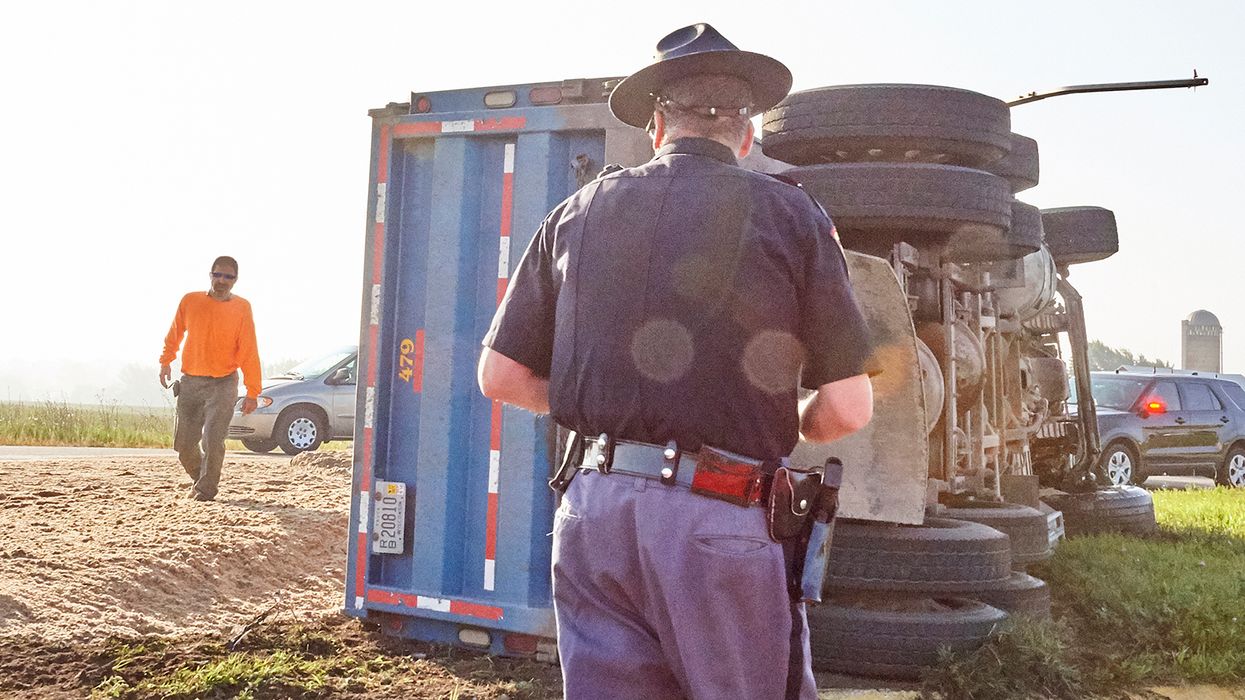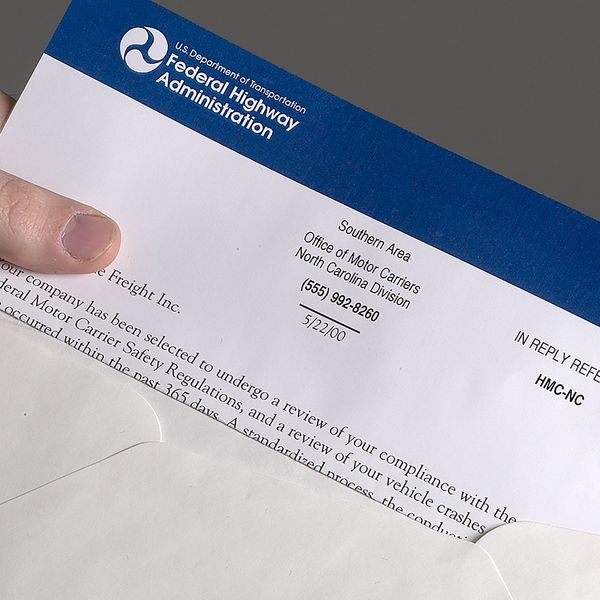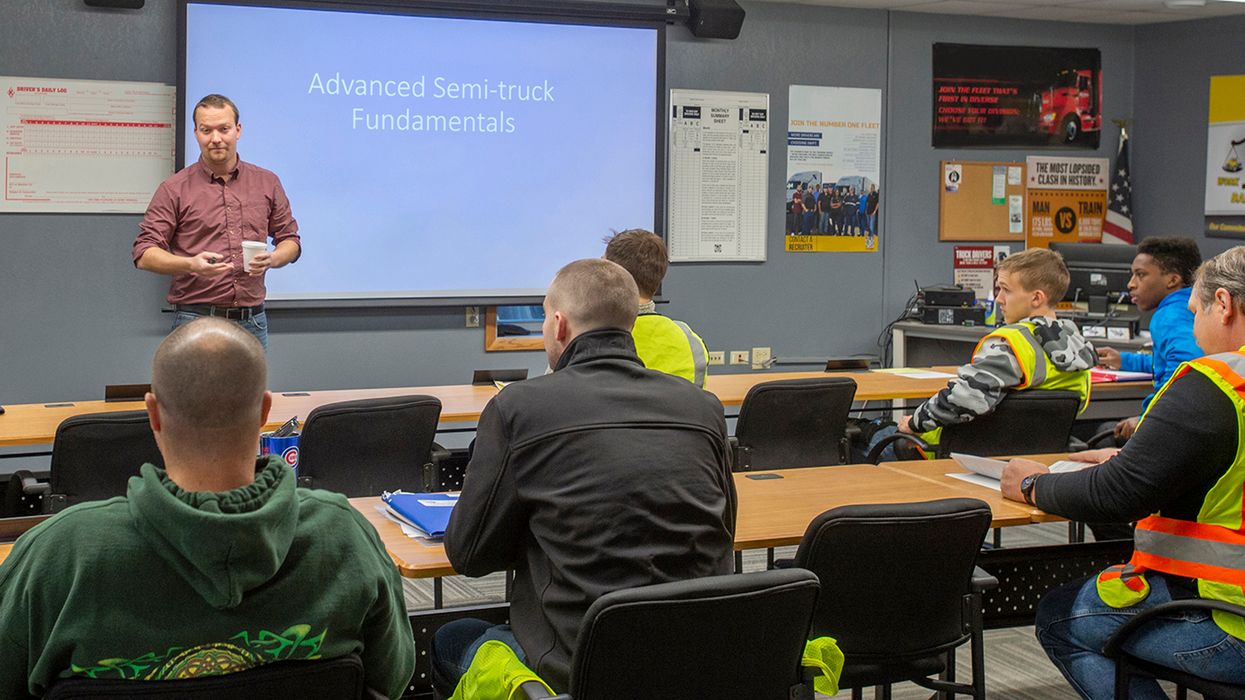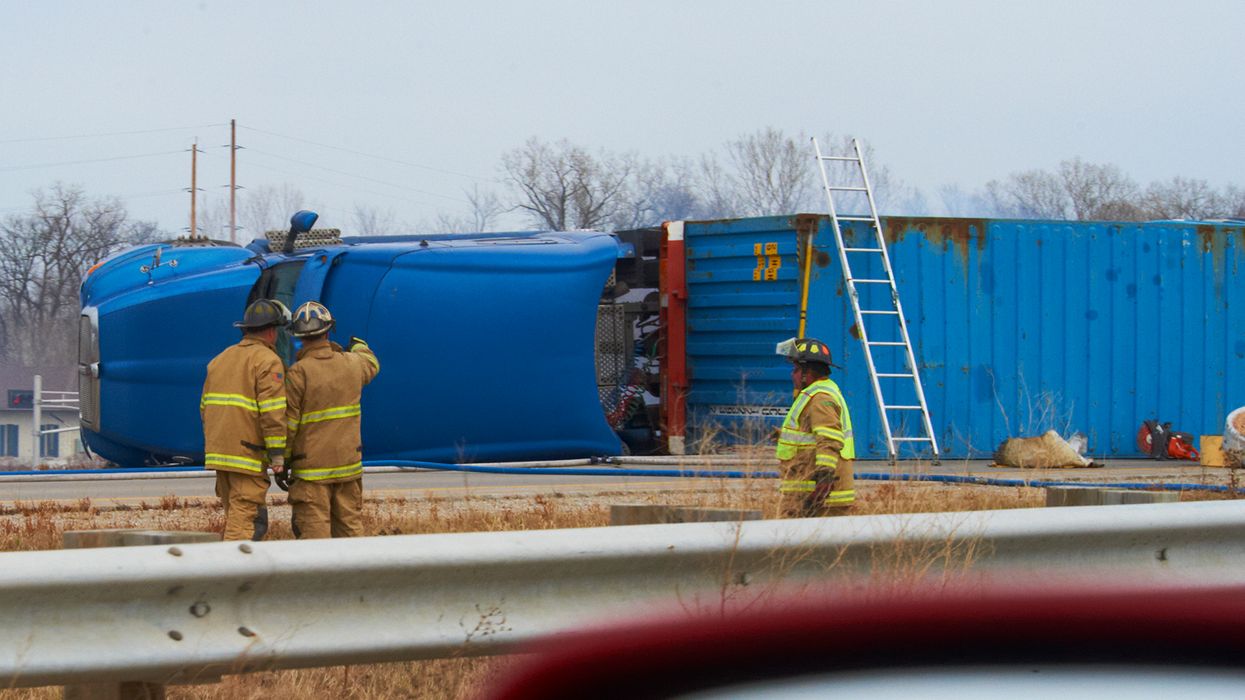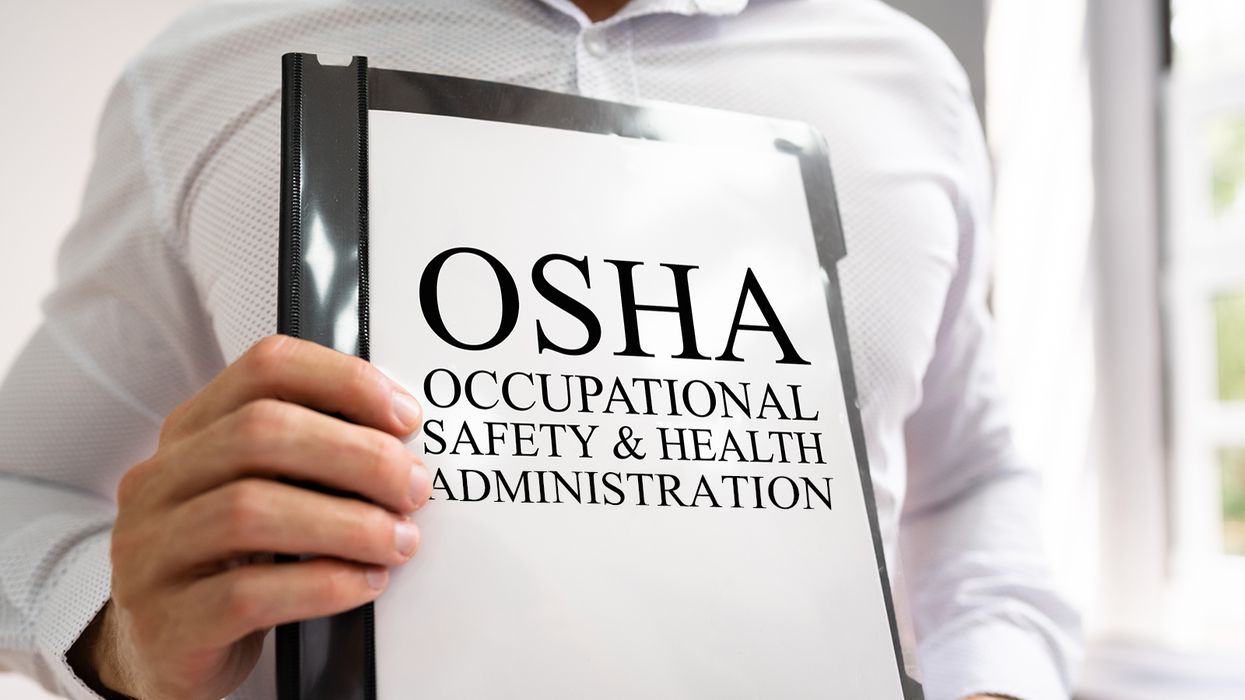Your driver had a crash. Will you be audited?
It’s a fear in the hearts of many transportation managers: getting a DOT audit after a driver is involved in a crash.
The fear is not unfounded, because the Federal Motor Carrier Safety Administration (FMCSA) does have a policy of investigating motor carriers that are involved in crashes.
But which crashes?
According to the FMCSA’s internal auditing guidelines, a motor carrier needs to be investigated if there has been a “significant” crash involving a commercial motor vehicle (CMV).
Under the agency’s definition, a significant CMV crash is one that:
- Involves three or more fatalities,
- Results in an unusually high number of injuries,
- Gets extensive national media coverage, or
- Is being investigated by the National Transportation Safety Board (the agency charged with investigating highway crashes of national significance).
Red flags
The preliminary crash investigation will guide the FMCSA’s next steps. The FMCSA will take particular interest if:
- The CMV driver’s actions may have contributed to the cause of the crash;
- Findings reveal possible pre-crash violations of DOT safety or hazmat regulations; or
- The motor carrier was unregistered or is based in Mexico.
If any of these conditions are found, it will lead to a review or inspection of:
- The driver’s qualification file, including his or her driving record and drug/alcohol testing record;
- The driver’s hours of service during the eight-day period leading up to the crash;
- The CMV involved in the crash, if no state inspection report is available; and
- The inspection and maintenance records for that vehicle.
At this point, your company or driver could become the subject of an enforcement action — such as a fine — without further investigation. However…
Things may escalate from there
The next step could be a comprehensive on-site audit of all your CMV operations. How does the FMCSA decide when to send in the auditors after a significant crash? You can expect DOT investigators to come knocking if your company:
- Is considered high-risk* or has a less-than-satisfactory safety rating and has not been investigated on-site in the past nine months;
- Is an unrated passenger carrier; or
- Has CSA scores above the intervention threshold and driver or vehicle violations were discovered during the post-crash investigation.
*High-risk carriers include those with at least two CSA scores above 90 percent under the categories of Unsafe Driving, HOS Compliance, Vehicle Maintenance, or Crash Indicator.
Keep in mind that FMCSA investigators have a lot of discretion when it comes to deciding whether and how to investigate, and what the penalties should be. No motor carrier is completely immune, no matter how minor the crash.
Key to remember: Post-crash audits or investigations by the FMCSA are not random. You could be the subject of a post-crash investigation if certain criteria are met.

